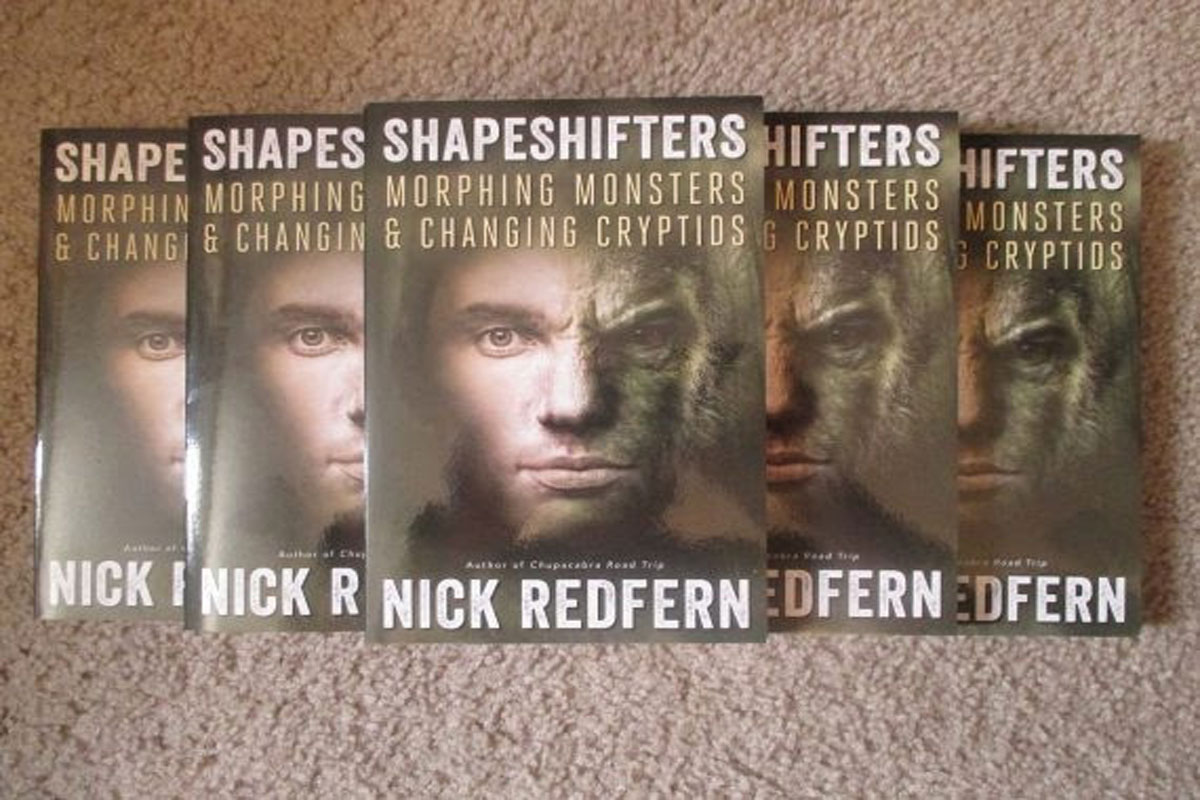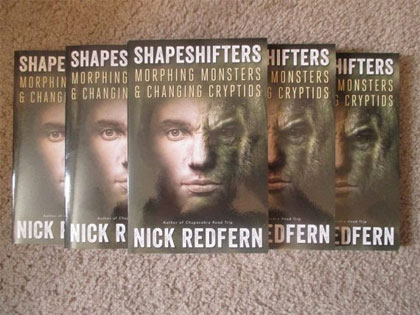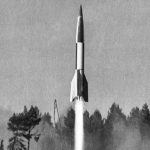
The Reverend and the Monsters: Werewolves, Lycanthropy and Strange “Transformation”
Nick Redfern October 14, 2021
The Reverend Sabine Baring-Gould (1834-1924) was someone who had a deep fascination for stories of strange and sinister creatures. Arguably, he was a fascinating character, himself. The list of “things” that the reverend investigated included werewolves, ghouls, and a dangerous, menacing phenomenon known as the eigi einhamir. Before we get to the story of the monster, though, here’s some background on Baring-Gould, thanks to FantasticFiction: The FF website tells us that Reverend Sabine Baring-Gould was “…an English hagiographer, antiquarian, novelist and eclectic scholar. His bibliography lists more than 1240 separate publications, though this list continues to grow. He is remembered particularly as a writer of hymns, the best-known being Onward, Christian Soldiers and Now the Day is Over…One of his most enduringly popular works was Curious Myths of the Middle Ages, first published in two parts in 1866 and 1868.” There was something else that fascinated the reverend, himself. It was a strange and dangerous beast, to say the very least. And with that said, let’s get to the heart of the strange saga. Beware…
In Baring-Gould’s very own words we have the following, chilling story. It begins as follows: “In Norway and Iceland certain men were said to be eigi einhamir, not of one skin, an idea which had its roots in paganism. The full form of this strange superstition was, that men could take upon them other bodies, and the natures of those beings whose bodies they assumed. The second adopted shape was called by the same name as the original shape, hamr, and the expression made use of to designate the transition from one body to another, was at skipta hömum, or at hamaz; whilst the expedition made in the second form, was the hamför. By this transfiguration extraordinary powers were acquired; the natural strength of the individual was doubled, or quadrupled; he acquired the strength of the beast in whose body he traveled, in addition to his own, and a man thus invigorated was called hamrammr.”
 The story is far from being over. But, how, exactly was such an incredible transformation achieved? That’s a very good question. Baring-Gould researched this matter extensively and offered the following somewhat chilling words to his eager readers: “The manner in which the change was effected, varied. At times, a dress of skin was cast over the body, and at once the transformation was complete; at others, the human body was deserted, and the soul entered the second form, leaving the first body in a cataleptic state, to all appearance dead. The second hamr was either borrowed or created for the purpose. There was yet a third manner of producing this effect-it was by incantation; but then the form of the individual remained unaltered, though the eyes of all beholders were charmed so that they could only perceive him under the selected form.”
The story is far from being over. But, how, exactly was such an incredible transformation achieved? That’s a very good question. Baring-Gould researched this matter extensively and offered the following somewhat chilling words to his eager readers: “The manner in which the change was effected, varied. At times, a dress of skin was cast over the body, and at once the transformation was complete; at others, the human body was deserted, and the soul entered the second form, leaving the first body in a cataleptic state, to all appearance dead. The second hamr was either borrowed or created for the purpose. There was yet a third manner of producing this effect-it was by incantation; but then the form of the individual remained unaltered, though the eyes of all beholders were charmed so that they could only perceive him under the selected form.”
And, finally, we have the following words to consider: “Having assumed some bestial shape, the man who is eigi einhammr is only to be recognized by his eyes, which by no power can be changed. He then pursues his course, follows the instincts of the beast whose body he has taken, yet without quenching his own intelligence. He is able to do what the body of the animal can do, and do what he, as man, can do as well. He may fly or swim, if he is in the shape of bird or fish; if he has taken the form of a wolf, or if he goes on a gandreið, or wolf’s-ride, he is fall of the rage and malignity of the creatures whose powers and passions he has assumed.” Quite a story, to be sure!
MU*




















